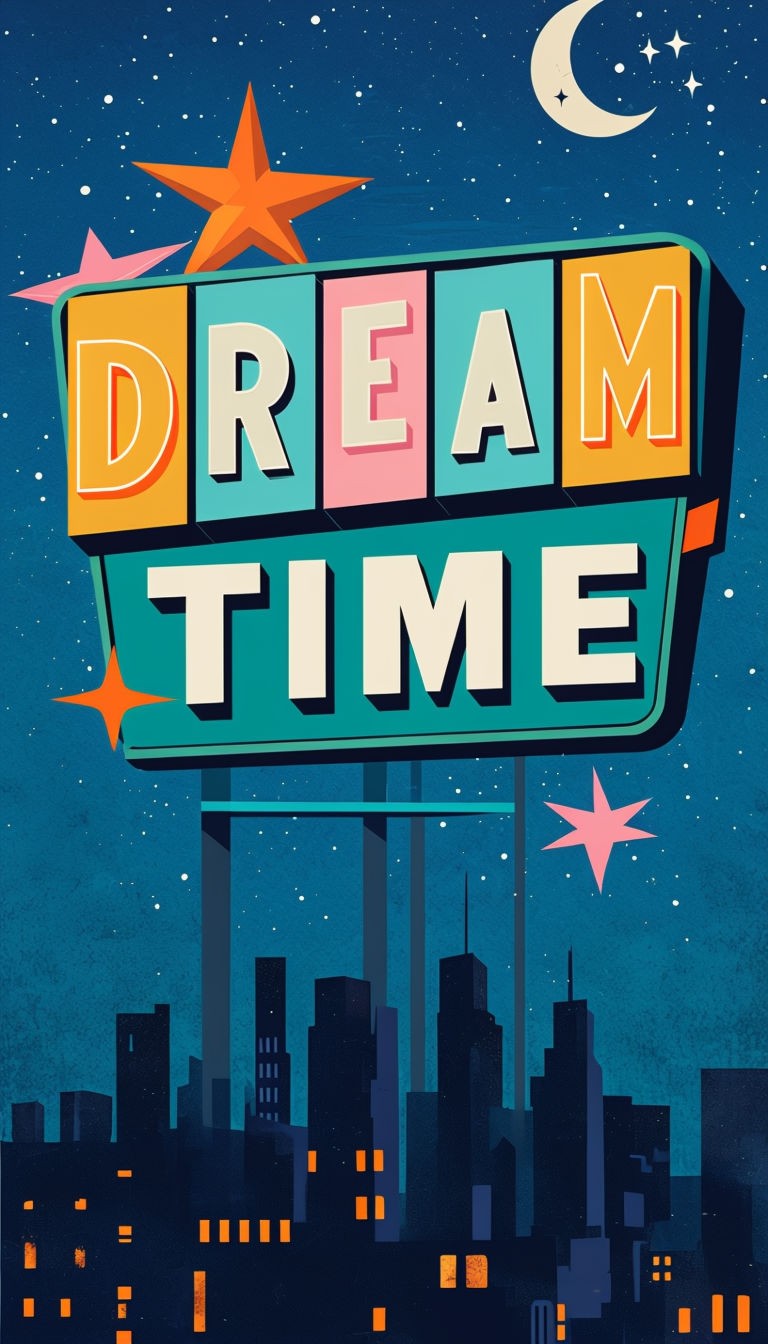Have you ever wondered how websites like FilmyFly have managed to carve a niche for themselves in the bustling world of online entertainment? Despite the stringent copyright laws and the growing awareness around digital piracy, platforms such as FilmyFly continue to thrive by offering unauthorized downloads of Bollywood, Hollywood, and South Indian movies. This phenomenon raises important questions about the legality, ethics, and technological prowess behind these operations. As we delve deeper into this topic, we will uncover the intricate mechanisms that allow such websites to operate, their impact on the film industry, and the challenges they pose to content creators.
FilmyFly, with its various domain extensions such as filmyfly.biz, filmyfly.win, and filmyfly.golf, has become synonymous with movie piracy in recent years. These websites offer users access to pirated versions of popular films, including blockbusters like Jewel Thief - The Heist Begins (2025) and Aghathiyaa (2025), often before they are officially released. This practice not only undermines the efforts of filmmakers but also poses significant financial losses to production houses. For instance, the global box office revenue loss due to piracy is estimated to be in billions annually. Moreover, the rise of these platforms coincides with the increasing demand for digital content, especially among younger audiences who prefer instant gratification over traditional viewing methods.
| Personal Information | Details |
|---|---|
| Name of Website | FilmyFly |
| Domain Extensions | .biz, .win, .golf, .fi |
| Founded | Early 2010s |
| Primary Function | Pirated movie downloads |
| Target Audience | Bollywood, Hollywood, South Indian movie enthusiasts |
| Notable Features | Easy-to-use interface, multiple language options, dual audio support |
| Legal Status | Illegal under copyright laws |
| Reference Link | Ministry of Corporate Affairs, India |
Despite its illicit nature, FilmyFly's user base continues to grow, partly due to its ability to adapt to changing technologies. For example, the website employs advanced encryption techniques to bypass geo-restrictions, ensuring that users from across the globe can access its content. Additionally, it frequently changes its domain names to evade legal action, making it difficult for authorities to shut down permanently. This cat-and-mouse game between pirates and regulators highlights the complexities involved in combating digital piracy effectively.
The platform's appeal lies in its comprehensive library, which includes not only mainstream releases but also niche genres such as animation and dubbed films. Users can download movies in various formats, resolutions, and languages, catering to diverse preferences. One notable example is Cruel Intentions (1999), a cult classic available on FilmyFly in both Hindi and English versions. Such offerings make it an attractive option for those seeking convenience over legality. However, this accessibility comes at a cost—both to the creative industries and to unsuspecting users who may unknowingly expose themselves to malware or phishing attacks while downloading content from unverified sources.
In addition to movies, FilmyFly has expanded its reach into social media platforms like TikTok, where it promotes original soundtracks and trailers through user-generated content. This strategy helps attract younger demographics who are more likely to engage with multimedia experiences rather than traditional text-based promotions. By leveraging trending hashtags and collaborative campaigns, FilmyFly manages to maintain visibility even amidst heightened scrutiny from law enforcement agencies worldwide.
Another aspect worth noting is the economic implications associated with websites like FilmyFly. While they provide free access to premium content, they simultaneously disrupt legitimate streaming services' business models by undercutting subscription fees. Consequently, many streaming platforms struggle to compete against free alternatives despite investing heavily in quality programming and infrastructure development. Furthermore, the absence of proper compensation mechanisms discourages artists from pursuing careers in filmmaking, thereby stifling innovation within the sector.
Efforts to combat digital piracy have intensified over time, with governments collaborating closely with international organizations to implement stricter regulations. In India, for instance, the Ministry of Electronics and Information Technology (MeitY) has partnered with internet service providers (ISPs) to block access to known pirate sites. Similarly, search engines like Google have introduced measures to demote pirated content in search results, reducing visibility for websites like FilmyFly. Despite these initiatives, enforcement remains inconsistent, allowing rogue operators to exploit loopholes and continue their operations unabated.
As technology evolves, so too must our approaches to addressing digital piracy. Educating consumers about the risks involved in accessing unauthorized content forms an integral part of this effort. Encouraging partnerships between tech companies, content creators, and regulatory bodies could lead to innovative solutions that balance consumer demands with intellectual property rights protection. Meanwhile, fostering greater transparency regarding funding models and distribution channels would help restore trust between stakeholders across the entertainment ecosystem.
Ultimately, the battle against digital piracy requires collective responsibility from all parties involved—from individual users exercising caution when consuming online media to policymakers drafting comprehensive frameworks capable of adapting to emerging threats. Only through sustained collaboration can we hope to create a sustainable future for the global film industry while respecting artistic freedoms and rewarding creativity appropriately.



.jpg)